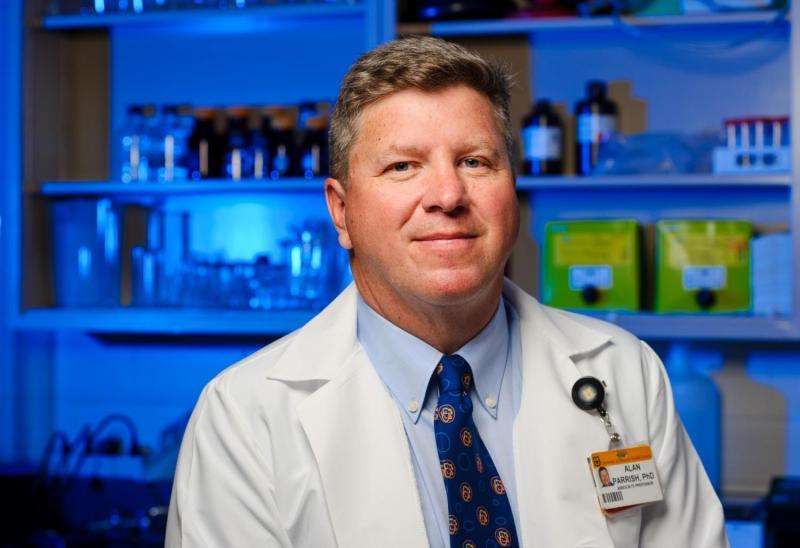Age-related self-destruction of cells makes kidney prone to injury

As advances in medicine allow individuals to live longer, people are facing unique age-related health challenges. As they age, organs such as the kidneys become more susceptible to injury, and their ability to self-repair is decreased. Researchers from the University of Missouri have found a cellular signal that causes kidney cells to die, making the kidneys prone to injury. This finding could lead to improved kidney function in the elderly.
"The kidney is a remarkable organ," said Alan Parrish, Ph.D., associate professor of medical pharmacology and physiology at the MU School of Medicine and co-author of the study. "If it is injured, it has a pronounced ability to repair itself. But as we age, many individuals have a reduced production of a protein known as alpha (E)-catenin. When this protein isn't produced, cells inside the kidney undergo an abnormal type of cellular suicide known as apoptosis. This causes kidney cells to die in excess numbers, putting the organ at risk for acute kidney injuries."
Catenin proteins serve a number of functions in the cell, such as maintaining the cell's shape. The proteins also regulate how quickly cells multiply. When the protein is lost, cells grow more quickly, leading to an increased production of kidney cells. A signal in the cell is then activated for these extra cells to be destroyed, causing unregulated apoptosis. When too many of these cells self-destruct, kidney function can be compromised.
"Apoptosis is vital to the health of organs, because it kills cells that are no longer needed or that pose a threat to the organism," Parrish said. "But when this self-destruct sequence is activated due to a lack of alpha (E)-catenin, healthy cells end up being destroyed. We don't know why the aging body doesn't produce enough of this protein. However, we've found how this self-destruct message is being communicated."
By identifying how the self-destruct message is being received, the researchers are hopeful that they can find a way to interrupt this message and ultimately improve the health and function of the kidney.
"Now that we have identified this communication pathway, how do we manipulate this pathway to protect the kidney?" Parrish said. "We know that as we age we're losing alpha (E)-catenin, so we hope to find out how we can either prevent that loss or substitute for its function. That's what we will study next."


















